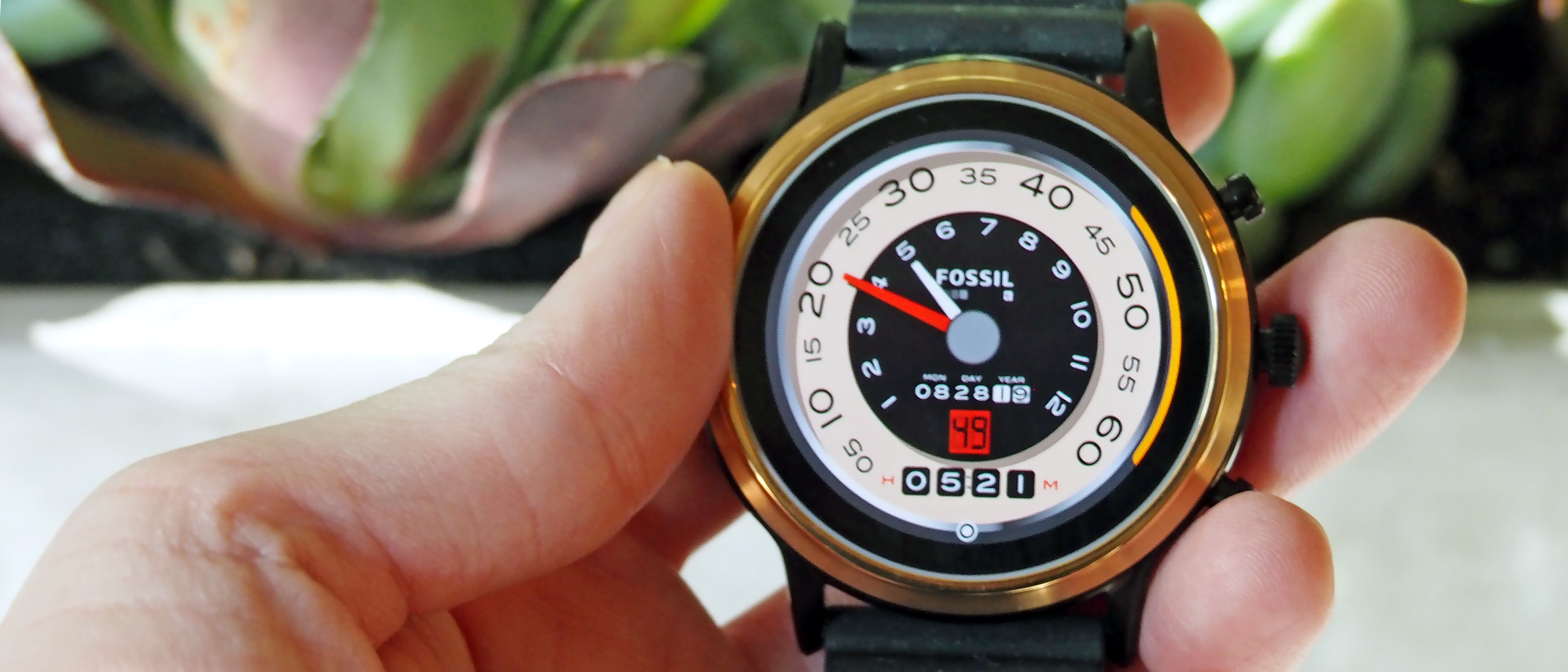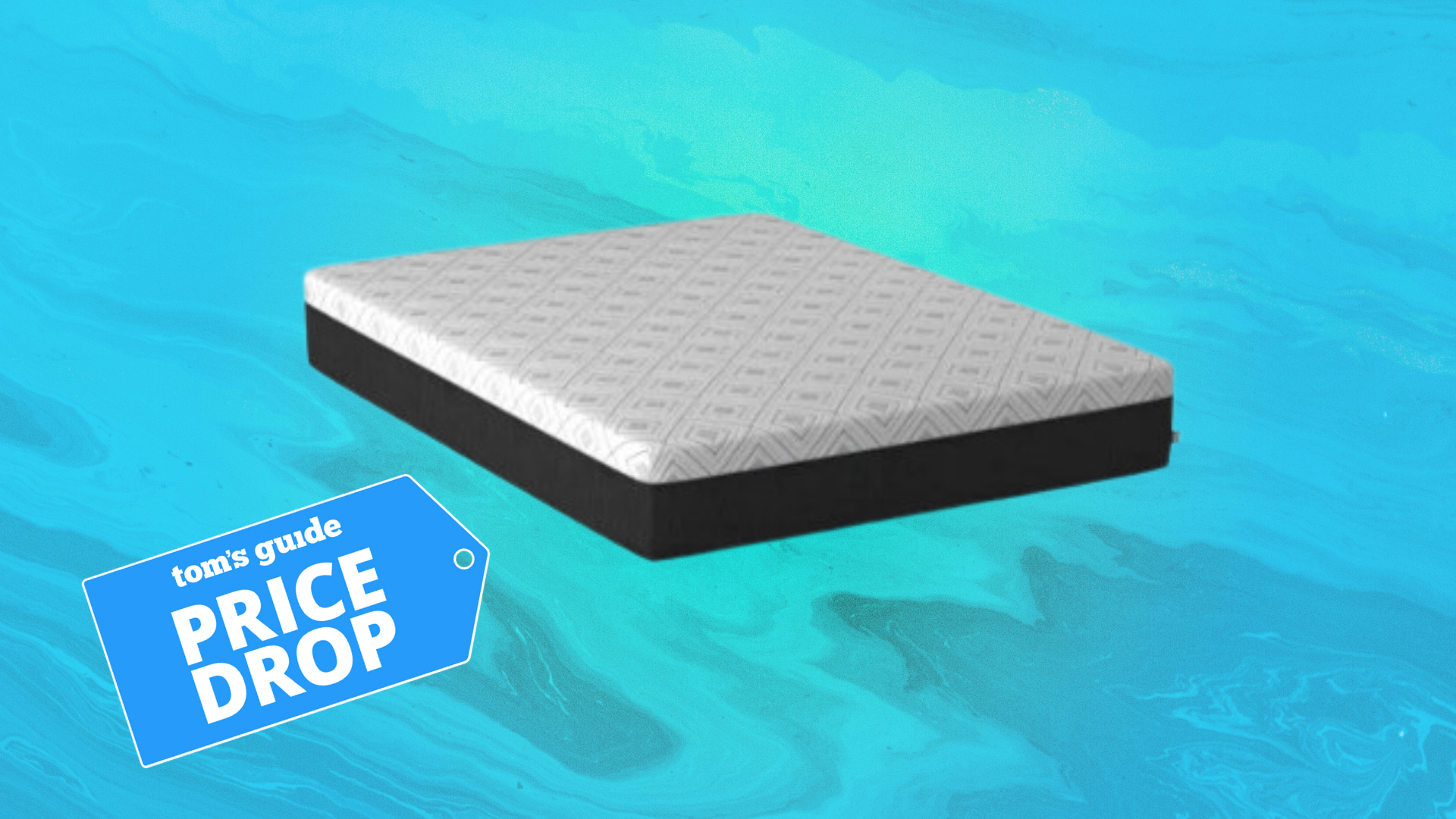Tom's Guide Verdict
Have a look at Fossil's Gen 5 smartwatches if you want a stylish timepiece, but Apple's and Samsung's smartwatches offer far more in terms of features and battery life.
Pros
- +
Stylish, premium stainless-steel frame
- +
More RAM makes a difference
- +
Customizable battery modes
Cons
- -
Feels limited compared to Samsung's and Apple's smartwatches
- -
No offline Spotify playback
- -
Wear OS stutters sometimes
Why you can trust Tom's Guide
Fossil is single-handedly keeping Wear OS afloat, with fresh Android smartwatches arriving every fall and holiday season. (Fossil is a fashion brand, after all, with a retailer's product-release cycle.) But the company has been held back by Google's Wear OS platform and Qualcomm's lack of rapid innovation in processors for wearables. With Gen 5, a lineup of $295 smartwatches, Fossil is again straining against outside limitations. This time, the company pushes as far as it can possibly go, and the result is pretty good — at least compared to other Wear OS watches.
Fossil's fifth-gen Julianna HR and Carlyle HR watches nail the basics: The watches offer snappier performance than their predecessors, customizable battery modes and useful Google Assistant integration with spoken answers due to the addition of a speaker in this lineup.
These are two of the best smartwatches you can buy on the Wear OS platform. But that's not saying that much when the competition outside of Wear OS is so stiff. The watches' third-party apps are woefully basic; a much-hyped Spotify integration doesn't even allow you to download playlists offline. And there are still a few bugs that you don't experience with Samsung and Apple's watches. The snail's pace of Wear OS progress remains a disappointment; Google's watch platform should be as good as its smartphone one, and it's nowhere close.
Design: More premium than Fossil Sport
Fossil is truly in its element when designing wristwatches, and that design sensibility carries over to the Gen 5 lineup. The round, 44-millimeter watches are oversized on small wrists — and unfortunately, there are no smaller sizes in this line. Fossil Sport's 41mm and 43mm options are more comfortable on my petite wrist, particularly for working out, but the 44mm Julianna HR doesn't look ridiculously large.
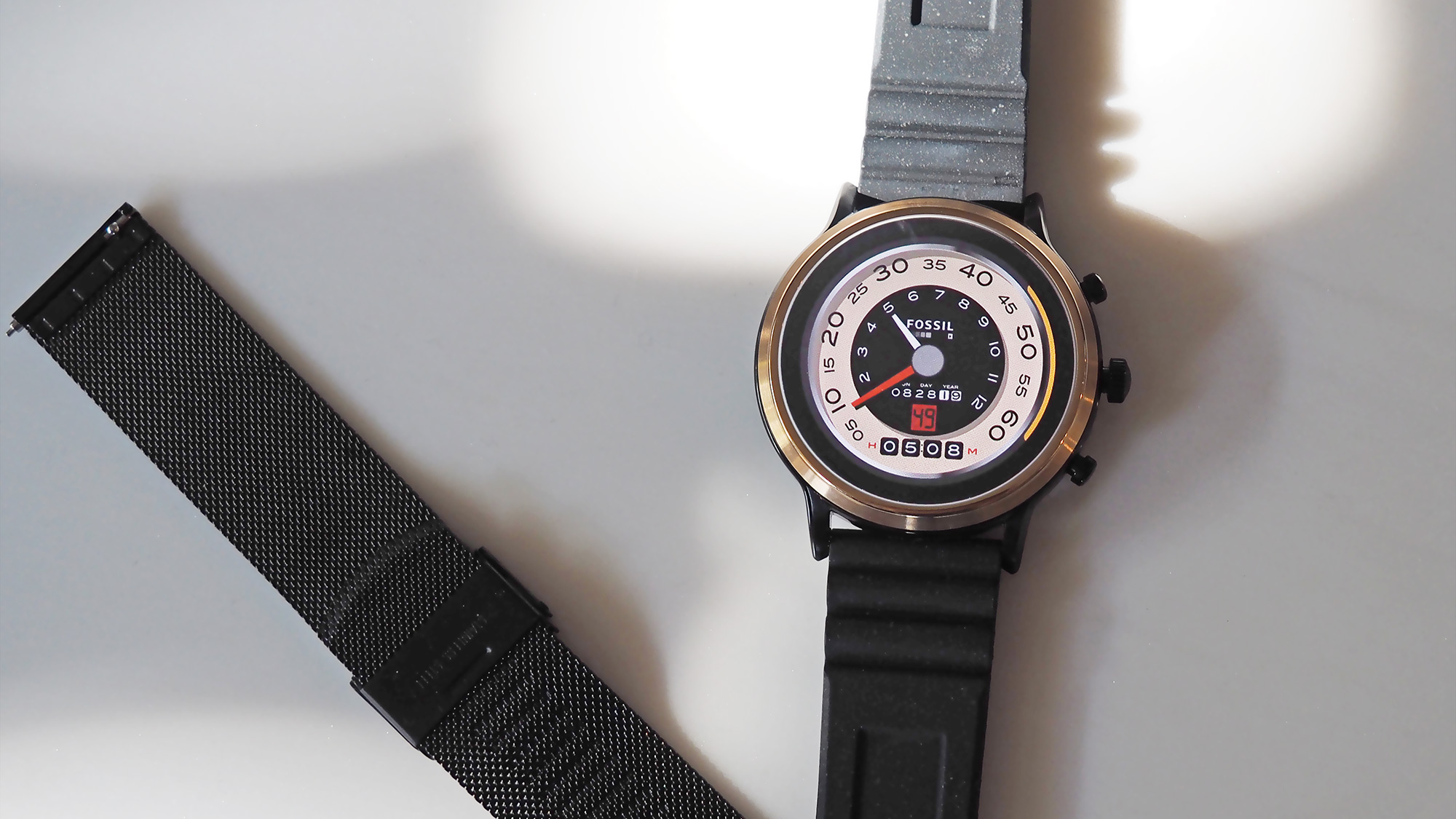
The Gen 5 lineup comes with stainless-steel bezels and three hues to choose from: black, rose gold and smoke. You can choose from a variety of bands in materials ranging from silicone and leather to mesh and stainless steel. I tested the black mesh and black silicone bands for this review; if you plan to use this watch as a fitness tracker, the mesh is a no-go. (The mesh also requires a special tool to adjust the fit, which is annoying.)
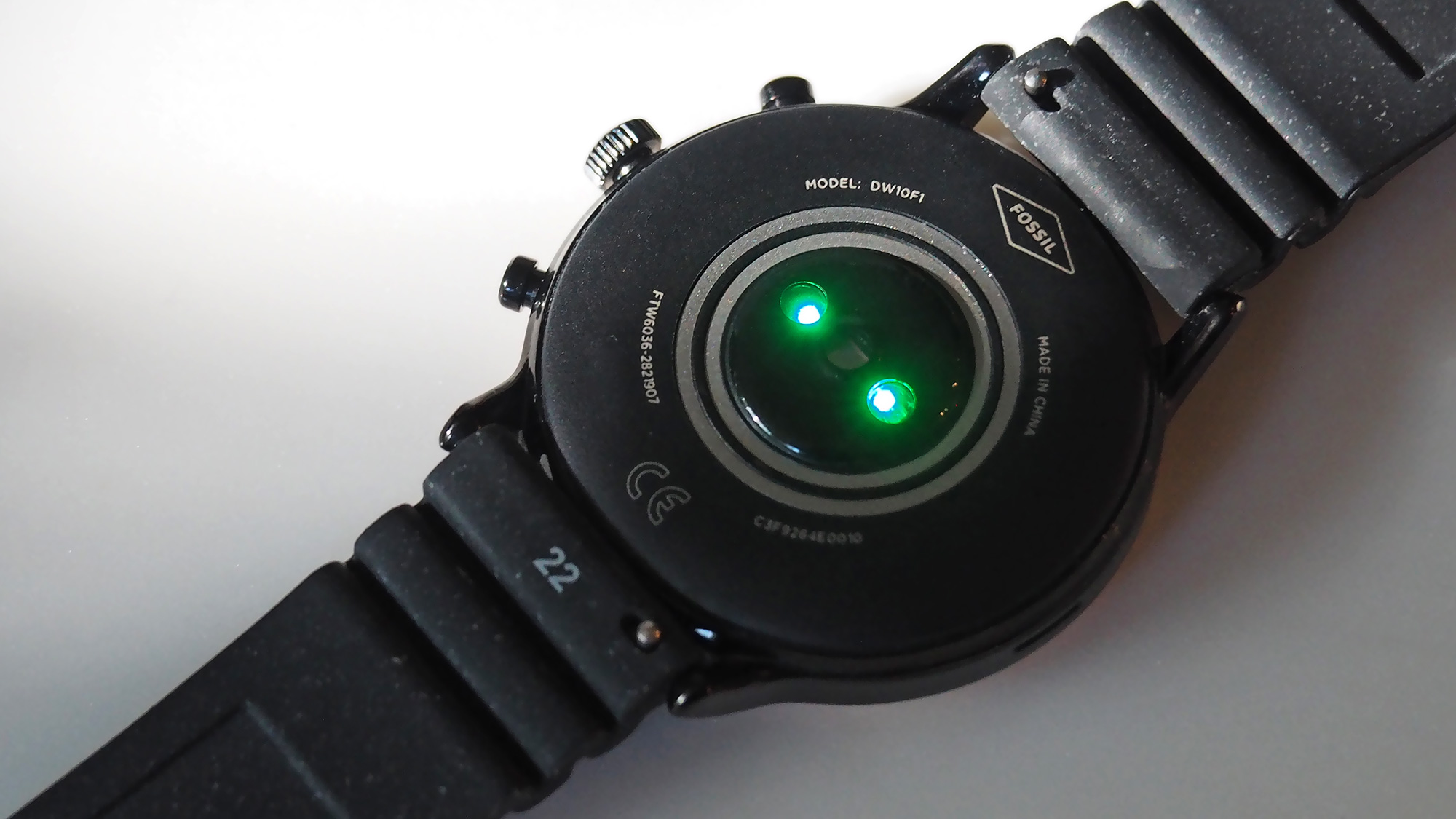
Fossil is sticking with the three-button design in this generation of smartwatches. By default, the bottom right button jumps into Google Fit, the center crown returns you to the watch face, and the top right button opens Fossil's app, which isn't useful at all. Fortunately, you can remap the button functions on the device by opening the Settings app. I like to customize my watch, so I made Settings more accessible with the bottom right button and assigned Fit Workout to the top button so I can more easily launch a run (more on that later).

Wear OS: Slowly improving but still needs work
Fossil doubled both the RAM and storage in the Gen 5 lineup, and that's made a world of difference. Every action seems faster and smoother, even compared to the Fossil Sport, which also runs on Qualcomm's Snapdragon Wear 3100 chip.
Get instant access to breaking news, the hottest reviews, great deals and helpful tips.
But there are still things that drive me crazy. The Wear OS interface just isn't as sophisticated as the Galaxy Watch Active's One UI or the Apple Watch's watchOS. There are still stutters when you do small tasks like opening apps or launching workouts.
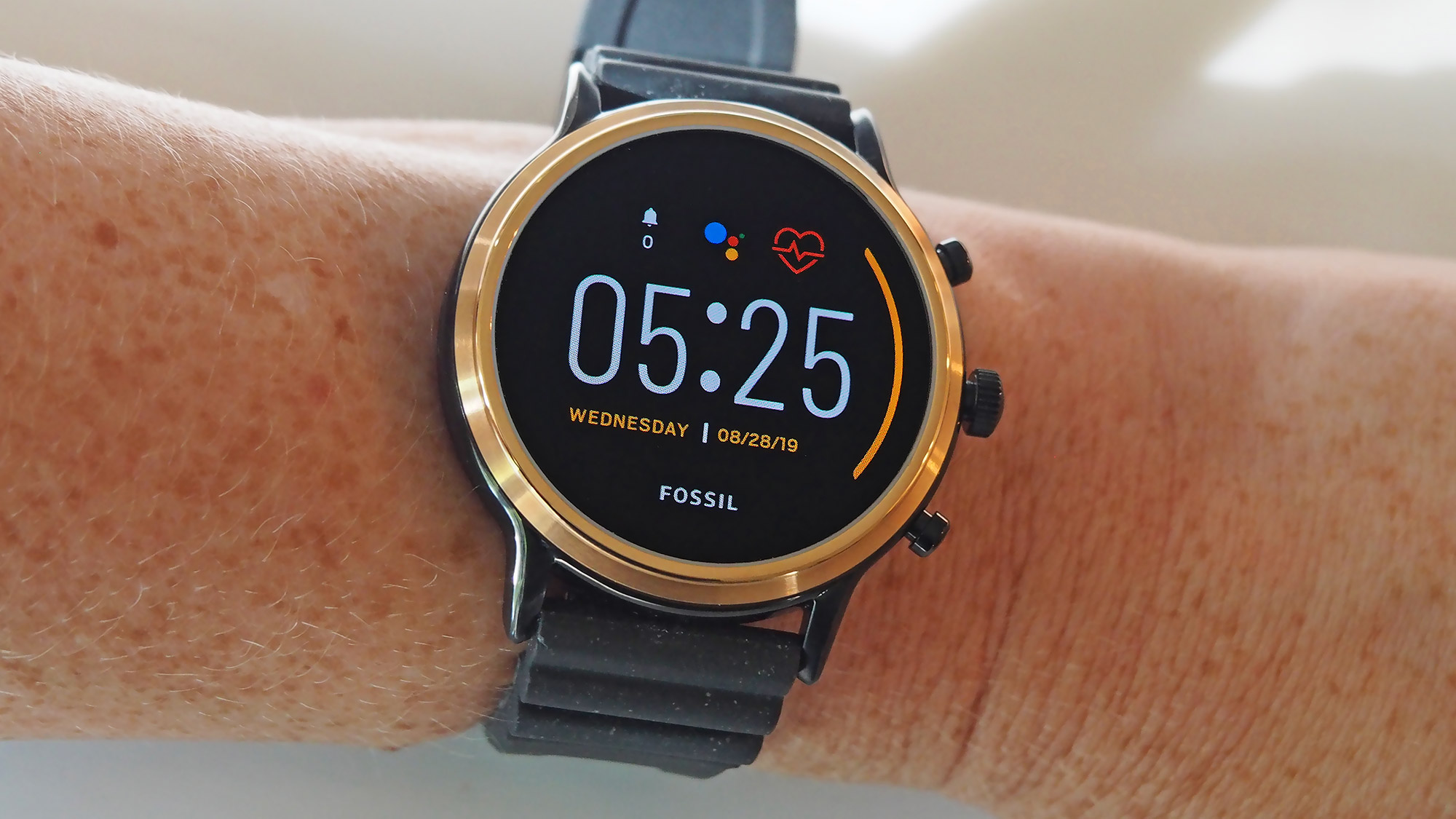
And as with other Wear OS watches, this one will occasionally disconnect itself from your smartphone. Sometimes, repairing is as simple as tapping the disconnect notification on the watch face. Other times, I had to restart the watch. Then, one day I went to launch a workout, and the watch decided to simply forget my Google account. I had to open the Wear OS app, log back in, then reconnect the watch to my phone. That's not the seamless experience I expect of a $300 smartwatch.
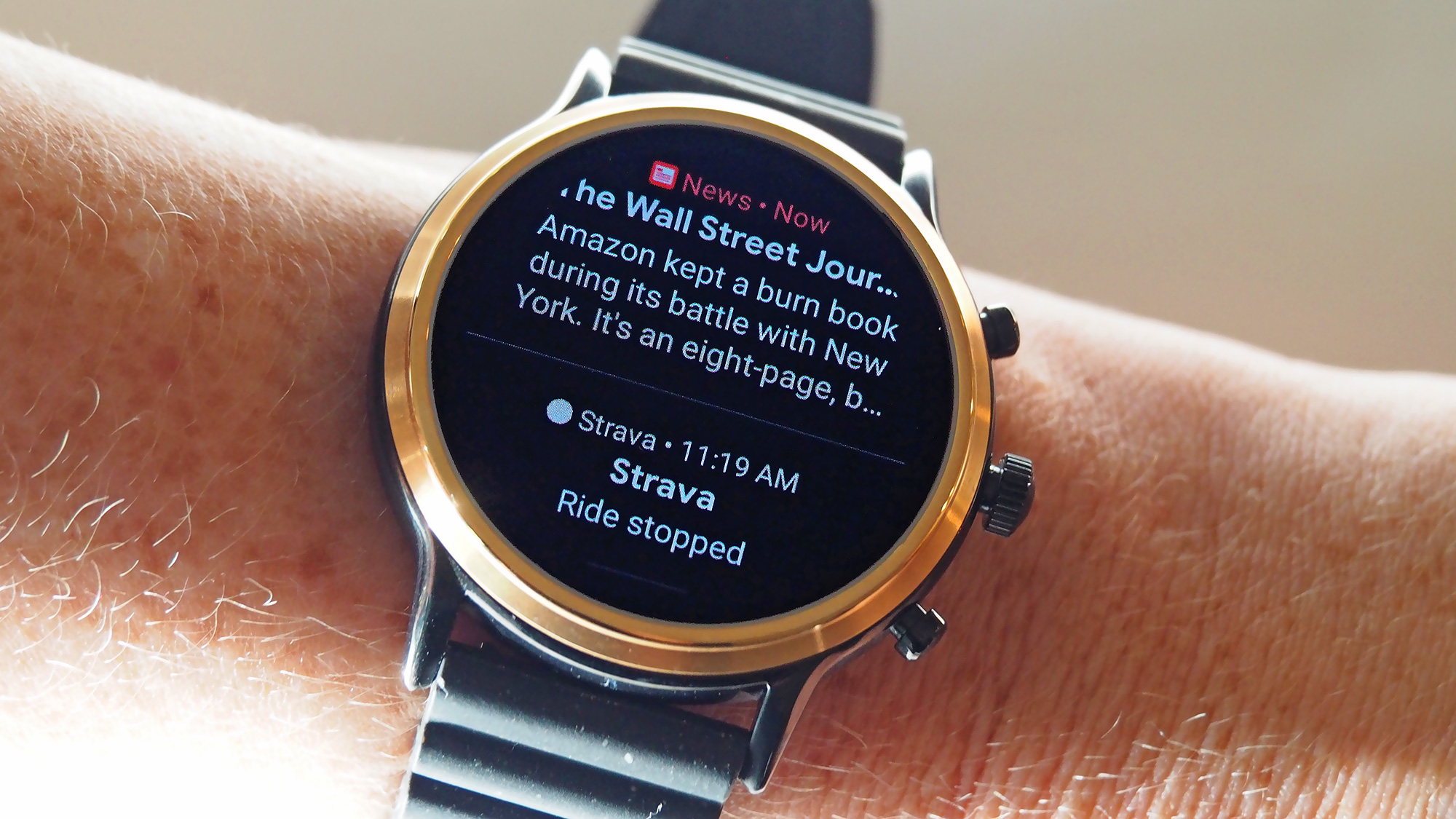
However, Wear OS does work across both Android and iOS, which is useful for people who don't want to be locked into one platform. Fossil plans to make the watch a better buy for iOS users with a feature coming this fall that will allow you to take calls on the watch from your iPhone. We'll update this review once we've had a chance to test that feature out.
Battery life: Customizable and extendable
Fossil has been working to solve one of the most persistent problems with smartwatches: battery life. The company hasn't actually extended the battery life in the Gen 5 lineup but has instead introduced new ways to squeeze more hours out of the watch with four battery modes.
The customizable battery options are accessible from a battery shortcut when you swipe down from the top of the home screen. You can choose from Daily, Extended, Custom and Time Only.
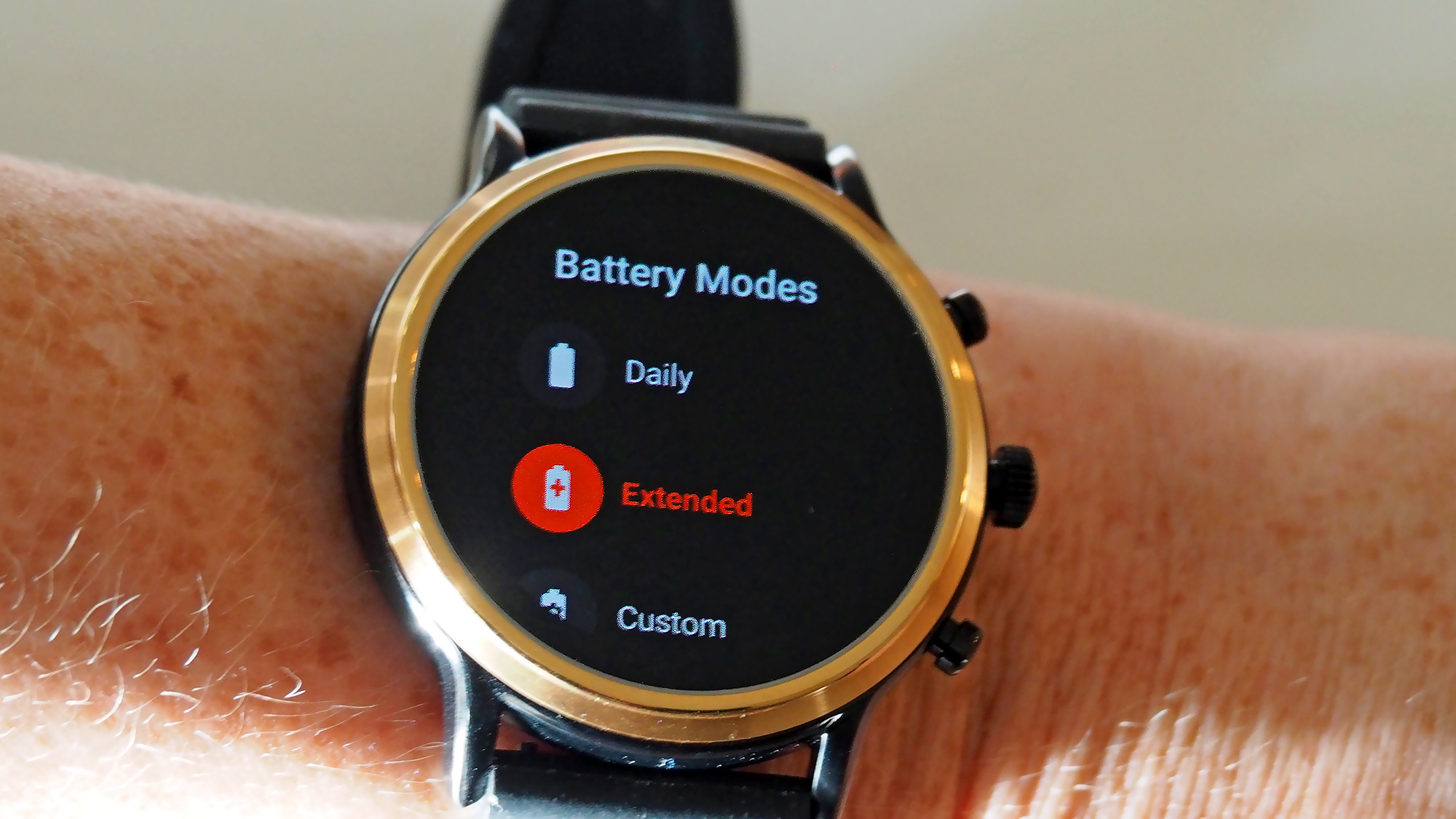
After 14 hours of wear, which included checking notifications, installing apps and tracking a 30-minute spin workout in Google Fit with an always-on display, the watch was down to 35% battery life in Custom Mode. In that mode, I had toggled off some of the settings but left on battery drains like location and the always-on display. A 30-minute charge juiced the watch back up to 79%.
In Daily Mode, a similar day of use drained the battery to 22%. Extended Mode turns off almost every useful feature, including the speaker, Wi-Fi, location, tilt-to-wake, NFC and "OK, Google" prompts, all to squeeze out a few extra days of life. I used this only when my watch was near death, so I could still view notifications from my phone. Time Only Mode turns the watch into a simple timepiece, which is not why you would use a smartwatch, so I never used that feature.
MORE: Best Fitness Trackers 2019
I appreciated the customizable battery-management tools, but I'd much rather Fossil put a larger battery in the watch so I could use all of the device's features for days at a time. Samsung's Galaxy Watches can last up to four days on a charge. Battery life is part of the reason why Samsung developed its own smartwatch operating system. Apple's watches last about 24 hours on a charge, which is still better than the 18 hours I saw from Fossil's Gen 5 in Daily Mode.
Apps and fitness: Limited functionality
Fossil emphasized the preinstallation of a handful of useful apps when the company launched the Gen 5 watches. The watch includes Spotify, Nike+ Run Club, Cardiogram and Noonlight out of the box, which is fine, but you still have to set up accounts and log into these apps, which are the steps that take the longest. I would rather Fossil not include apps on the watch and instead let me curate my own selections.
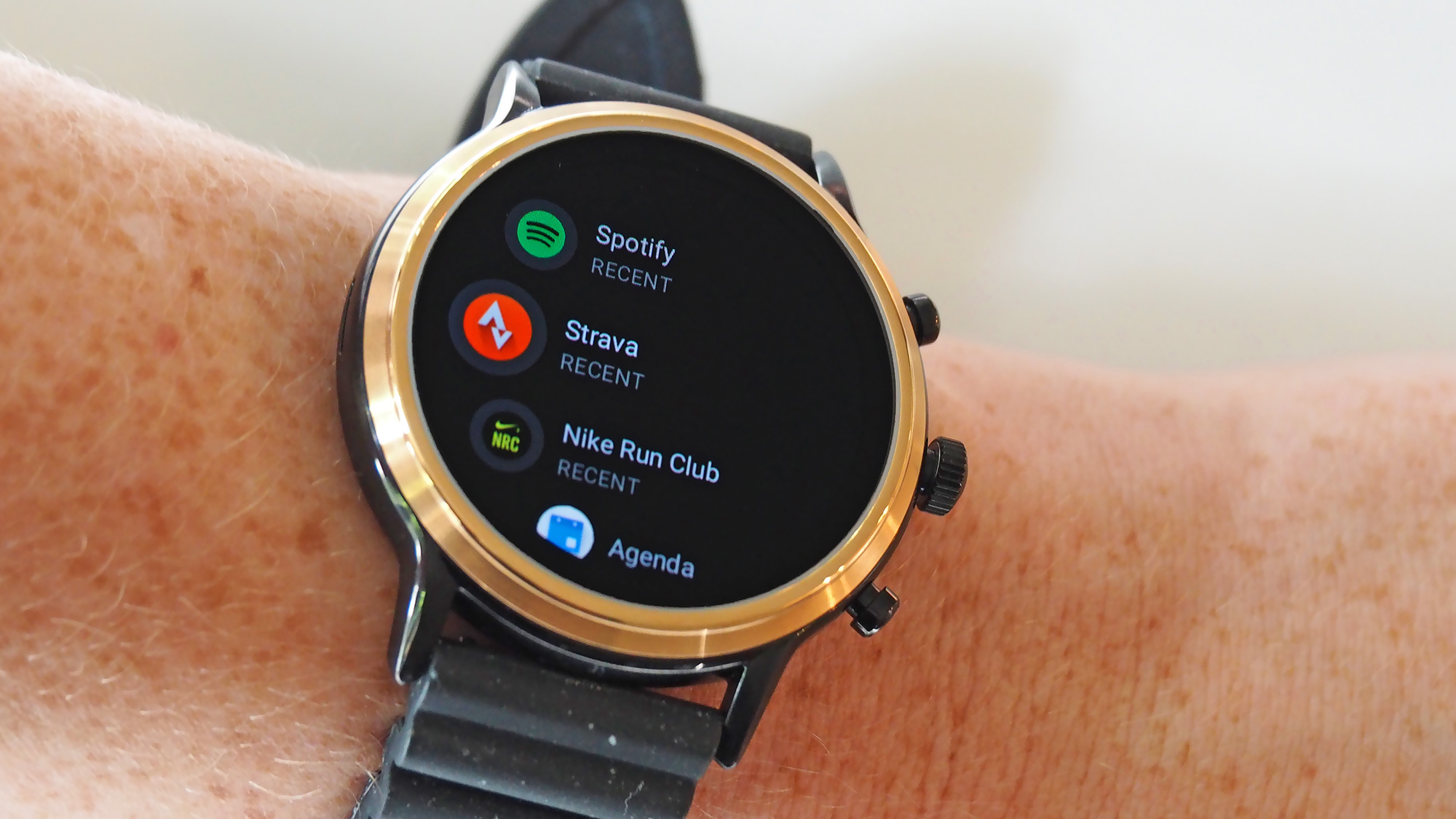
Of all the choices, I was most excited that Spotify was installed at launch, but I was quickly disappointed. You can control playback on your wrist while listening to Spotify on your phone, but you can't download playlists to listen to offline like you can on Samsung's Galaxy Watch lineup.
Nike+ Run Club is a more useful app to have by default, because it's better at tracking runs than Google Fit Workout, which lacks automatic run-pausing. Strava is still the best run-tracking Wear OS app, because it displays more data and has an all-around better interface than Nike or Google Fit.
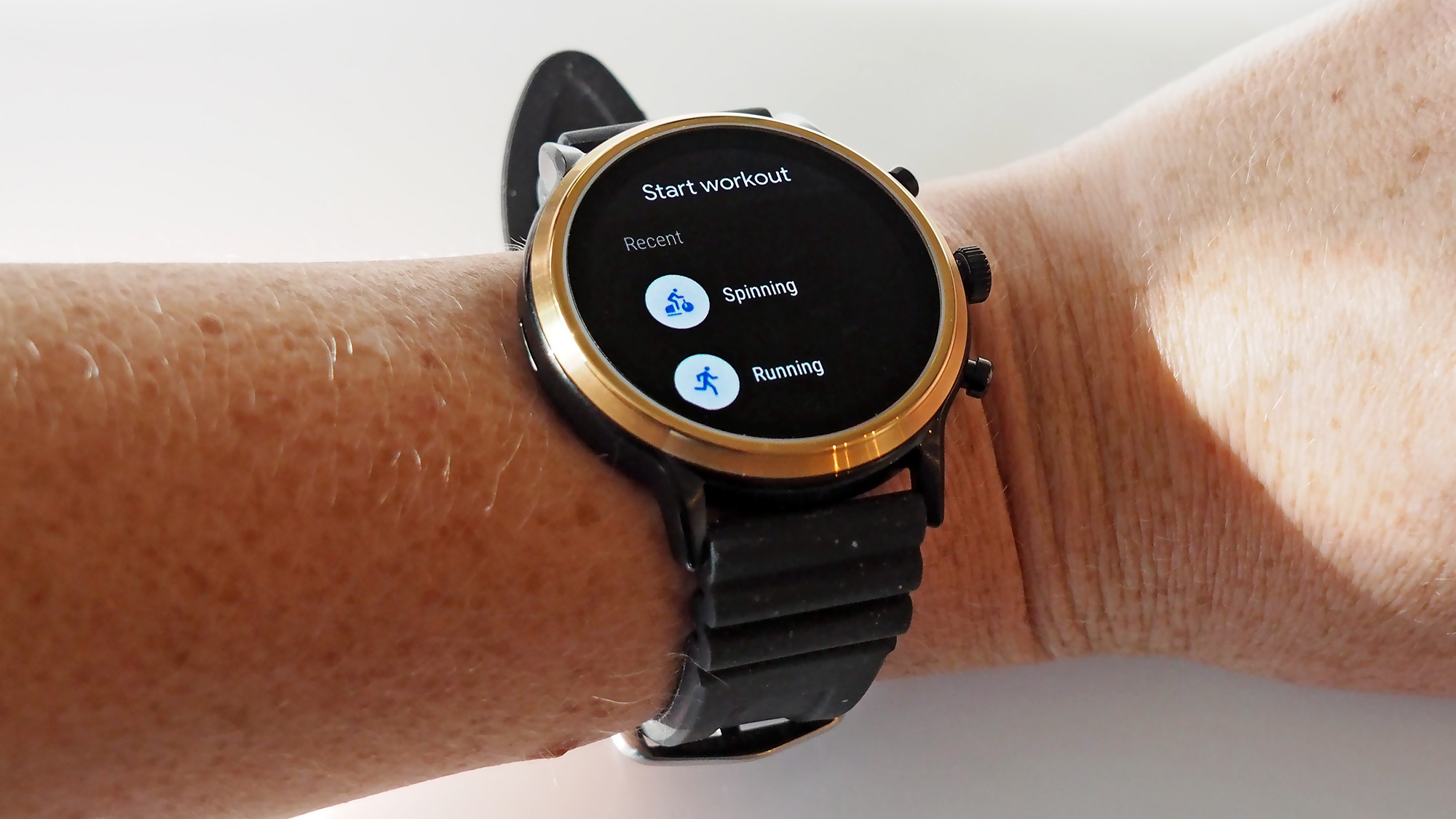
I wish Google would invest more into workout tracking, which is a key smartwatch feature that Apple and Samsung have worked to perfect. With Google Fit Workout, you can choose from a variety of athletic pursuits to track, but it doesn't really analyze those activities or give you stats that are specific to those sports. It just tracks your heart rate and time spent working out, which is fine, but a little underwhelming.
Bottom line
Fossil's Gen 5 smartwatch is a solid Wear OS smartwatch. The increased RAM has made a noticeable difference in app launch times and overall performance. Battery life is still abysmal, but customizable battery modes mean you can prioritize the apps you want to use and sacrifice the ones for which you don't need constant access.
If you've never used a Wear OS smartwatch and you want to try out the platform, this is a good option.
But compared to Samsung's Galaxy Watch Active and the Apple Watch Series 3 and Series 4, Fossil's Gen 5 feels like it's playing AAA baseball waiting for a shot at the big leagues. The snail's pace of major software updates and processor improvements has held Google's smartwatch platform back, and that's increasingly clear as Samsung and Apple prepare to release the Galaxy Watch Active 2 and Apple Watch Series 5 this fall.
Caitlin is a Senior editor for Gizmodo. She has also worked on Tom's Guide, Macworld, PCWorld and the Las Vegas Review-Journal. When she's not testing out the latest devices, you can find her running around the streets of Los Angeles, putting in morning miles or searching for the best tacos.
